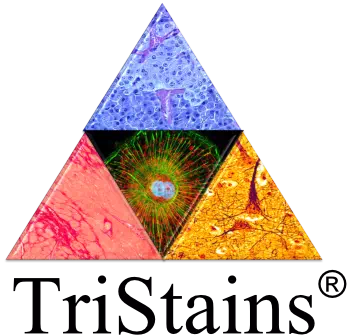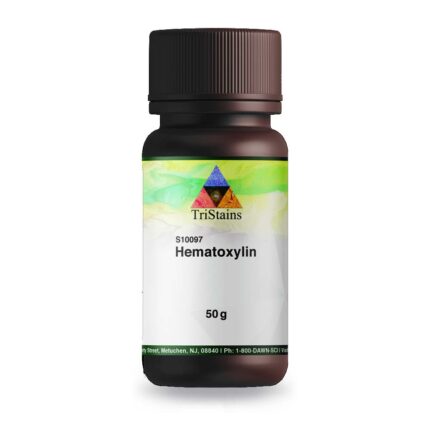Buy High Quality Methyl Red 0.2% (845-10-3) MF: C15H14N3NaO2 | MW: 291.28. from Tristains.
Methyl Red, with the chemical formula C15H15N3O2, is a vibrant maroon red crystal azo dye. It serves as a widely used pH indicator in laboratory settings. When dissolved in water, it forms a soluble solution that finds applications in various chemical and microbiological experiments. To prepare a 0.2% methyl red solution, 0.2 grams of methyl red is dissolved in 100 milliliters of solvent, typically water or ethanol. The color of methyl red changes from red in acidic solutions (pH < 4.4) to yellow in neutral to basic solutions (pH > 6.2). This 0.2% methyl red solution is highly versatile and dependable for pH measurement, playing a crucial role in microbiological testing. It aids in differentiating bacterial species based on their metabolic processes.
TriStains series products are carefully tested to ensure accurate, reliable, and reproducible results. Our products are available in different packaging sizes to allow you to get all types of stains & Indicators for your specific purposes from a single source.
In-addition Tristains also deals in numerous Laboratory Supplies, Chemicals, Equipment, Instruments, Reagents, Standard Solutions, Buffers, Histological Stains/Biological Stains & Indicators and many more, for more information please visit our website www.tristains.com or email to [email protected] we will be happy to help you. All Tristains Products are exclusively distributed by Dawn Scientific Inc (https://dawnscientific.com)
Application :
- This solution is widely used in the MR (Methyl Red) test, which is a part of the IMViC series (Indole, Methyl Red, Voges-Proskauer, and Citrate) for differentiating between members of the Enterobacteriaceae family based on their metabolic products.
- It helps in determining the endpoint in titrations, especially in acid-base titrations.
- It is used in various analytical procedures to indicate the presence and concentration of acidic substances.
- In complexometric titrations, it can help identify the formation of complexes through its color changes.
Benefits :
- Provides accurate pH Measurement
- Stable and cost-effective
- Ensures consistent results in experiments













Reviews
There are no reviews yet.